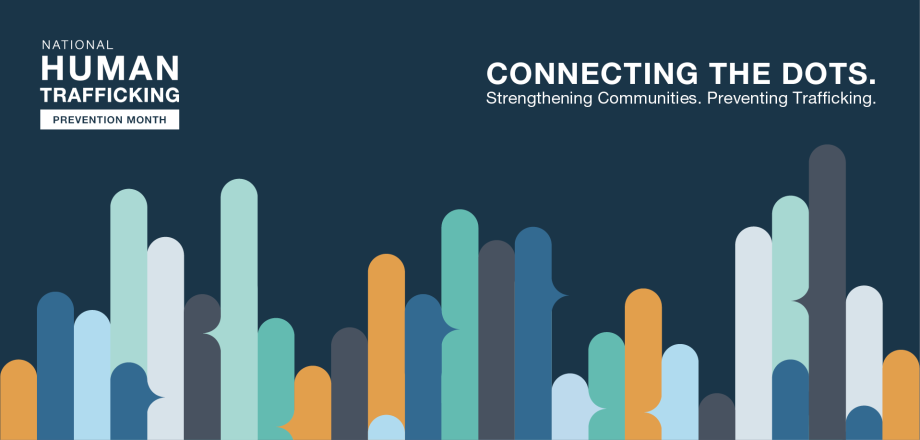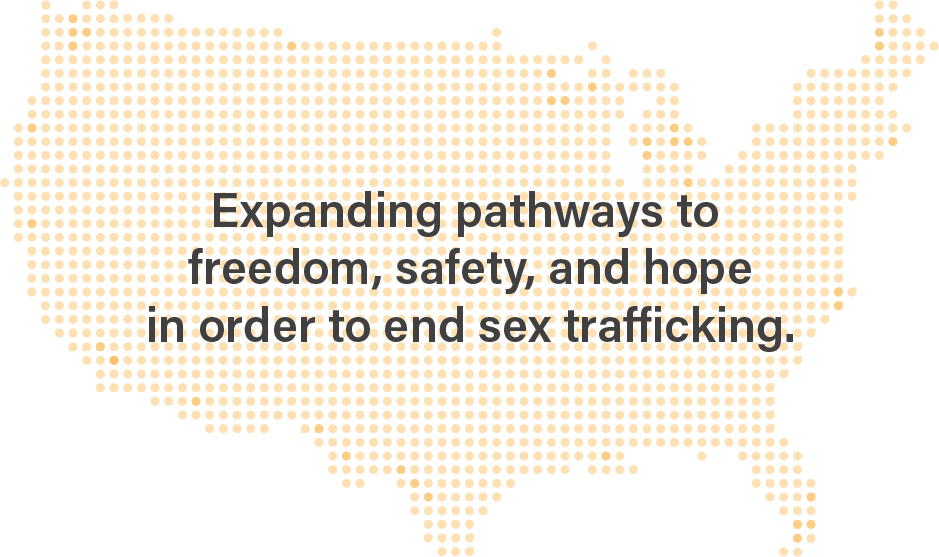What would it mean for REST to eradicate systems of harm, rather than merely treat symptoms of harmful systems? This was the question posed to us by LTHJ Global, a local DEI Consulting firm, who led us through an initiative to imbed diversity, equity, inclusion, and access throughout our culture and practices at REST in 2020-2021.
We spent several months last year, gathering feedback from stakeholders to inform our strategic plan. We interviewed survivors, REST clients, other service providers, community partners, supporters, and national leaders in the anti-trafficking field. Our question: If we were going to end sex trafficking by 2040, what needs to happen? And what role should REST play?
It may not be realistic to end sex trafficking by 2040, and that’s okay. The question was meant to guide us toward the activities that would have the highest impact. Economic inequality & poverty emerged as the most significant system of oppression that contributes to sex trafficking. When asked what activities REST should contribute to disrupting or dismantling the system of economic inequality & poverty, respondents said, in this priority:
Survivor Services
Education
Awareness & Culture Change
Policy Advocacy
The strategic plan for REST mirrors these priorities and will guide our expansion in three ways over the next five years.
1. Going Multi-Site with Survivor Services
Everyone is worthy of love and deserves to live a life without exploitation. This underlying belief continues to fuel everything we do at REST, so direct service work with victims and survivors of sex trafficking will remain core to our work. We also believe that services with survivors are a strategic way to help end sex trafficking. A group of survivors who recover from trafficking and use their voice and experience to advocate for policy change and influence culture can significantly propel the effort to end sex trafficking in the United States.
Based on a decade of gathering feedback from survivors who have accessed services at REST, we have confidence in the impact of our service model and will prioritize investing in services that consistently deliver the greatest long-term impact. We will also identify another city (or two) within the United States to replicate our service model and demonstrate that positive outcomes are not geographically dependent. This will not only give us the opportunity to serve more survivors in places where there is the greatest need, but it will also set REST up to have greater influence with policymakers.
2. Launching a Training & Technical Assistance Division
In 2023 we plan to launch a training and technical assistance program to build capacity with other direct service providers across the country. We envision providing training and consultation with 100 providers over the next five years, multiplying our impact by strengthening the teams who are providing critical services and partnering with them to enhance their work with survivors. Two features of our curriculum include Motivational Interviewing Informed Wraparound (MiiWrap), an evidence-based approach to care, and a uniquely designed Impact Management process that supports continuous improvement and highlights the long-term impacts of services.
This won’t be an entirely new activity for us, as we’ve frequently mentored and walked alongside other nonprofits to share promising practices and learn from their expertise as well. In fact, we currently get multiple requests each week for training and consultation. With this new division, we will build dedicated resources and staff so we can say yes.
3. Building Strategic Partnerships for High Impact Projects
The final pillar in our plan, which is estimated to launch in 2-3 years, is to expand strategic partnerships, focusing on developing and supporting national initiatives that will help end sex trafficking. Through this effort, we hope to work with new and existing partners to implement unique projects that are likely to contribute to the end of sex trafficking. This may include technology projects, like TIRA (an app we developed with volunteers from Microsoft and UW), policy advocacy initiatives, working with influencers to accelerate awareness of human trafficking, and driving culture change through marketing and media campaigns.
The litmus test for any partnership or any activity we engage in is this: will it contribute to the end of sex trafficking?
Here’s a visual of our strategic plan framework as we move forward.
We want to give a special thanks to The Jensen Project who provided REST with a grant to fund our strategic planning process, and Stacey Pearson, with the Paterson Center, who led REST leadership through a three-day StratOp process, which enabled us to formulate this 5-year strategic plan. We are grateful and excited for the future of REST.







